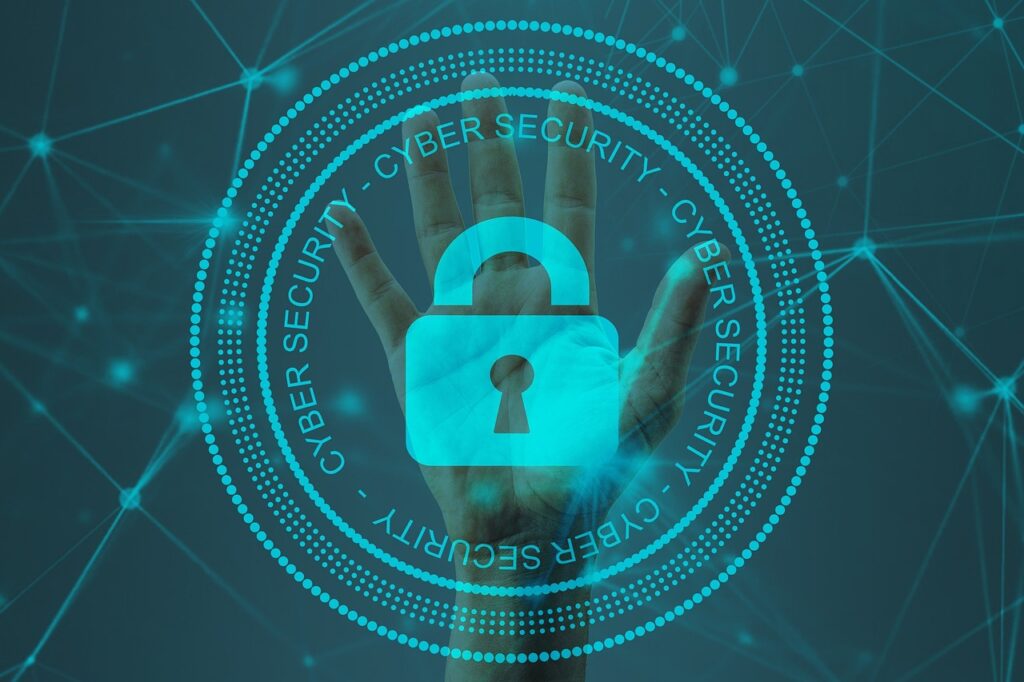With the digital age gaining more popularity, cybersecurity is changing its shape as organizations find it a lot more complicated to deal with the multiple issues springing up each day. In 2024, the cybersecurity domain will need to deal with many problems, which are both mundane and formidable, not ignoring proper mitigation techniques. From rising cyber threats with varying levels of complexity to the constantly expanding attack surface from proliferation of connected devices and cloud services, businesses and users alike have been countering with challenges that require routine update, innovation, and collaboration in order to overcome. With this exposition, we attend to some cybersecurity issues that exist as of 2024 and their implications for future, as well as some proactive measures to protect and secure.
Cybersecurity is an accelerating domain of practice in which the constantly changing threats and growing use of digital technologies are the main drivers. Completing cyber security course is one step people take in order to gain the required skills and academic achievements that will definitely become useful due to the room for growth that the industry gives. Through knowledge, areas like threat detection, incident response, and ethical hacking fall into the plot for candidates to meet the felling gap for cybersecurity professionals. Furthermore, these courses provide practical experience, professional certifications, and personal networking opportunities, and therefore, they help the persons to be always aware of technological innovations and development. That being said, an investment in cybersecurity education is the basis for the building of a prosperous career path as this sector is dynamic and continually progressing so.
Cyber Security: An Overview
Cybersecurity is a combination of both the procedures, technologies, and the processes instituted to protect networks, data and cyber systems from unauthorized accessed, cyber attacks and data breaches. It involves taking measures against a huge variety of dangers, embracing oneself among which are malwares, phishing, ransomware and insider threats. The core cybersecurity elements are meaningful risk assessment, identification of threats, response to incidents, and security measures which should be implemented on an ongoing basis. The growth of digital platforms and the sophistication of malicious attacks tremendously increase the need for cybersecurity services in order to protect classifications,/ integrity, and accessibility of data and systems from the threats. In its essence cybersecurity serves for preventing cyberthreats from occurring and for ensuring security and resilience in the digital environments.
Common Cyber Security Challenges
Cloud Attacks:
The cloud computing delivers multiple benefits that include scalability, eagerness, and cost-effectiveness. Besides, it has its peculiar security assumed risks. By cloud attacks, we can understand gaining access to information without authorization, data leaks, or cloud service interruptions that have been directed to cloud-based services, platforms or infrastructure. The channels of attack might be a mistake in cloud setting, insecure API or destructive utilization of vulnerabilities in the cloud environments. An appropriate cloud security creates substantial barriers blocks for unauthorized users with adequate option of encryption, frequent monitoring, and using up-to-date practices of cloud configuration and governance.
IoT Attacks (Internet of Things):
The fact that the field of Internet of Things (IoT) is constantly growing makes the use of IoT devices possible everywhere, like at homes, in industries, and even on individuals’ persons. Therefore, there is a very large attack surface that comprises interconnected devices like home appliances, industrial sensors, and wearable gadgets. IoT attacks are simply hackers ways of making use of these devices’ security vulnerabilities for the furtherance of attacks like DDoS or steal sensitive data to the network’s disadvantage. The IoT’s inherent vulnerabilities to insecure devices, a lack of basic standardization, and inadequate security measures in IoT ecosystems complicate the task of cybersecurity. Reducing IoT issues puts emphasis on strong authentication, encryption, regular updates, and network segmentation in order to protect IoT devices from critical infrastructures.
Ransomware Attacks:
Ransomware codifies like malicious software which encrypts files or blocks access to systems and demands ransom as wae of getting those files decrypted or having system restored. These threats can block operations, lead to businesses’ financial dips, and expose data maintained in confidence. Ransomware gratuities are mainly hacked via in the process of spamming Email, exploit bugs or Whilst Websites comprise combats. Prevention and mitigation techniques involve staff training, backups, end-point security originators, patch managements and planning of the actions based on the harmful events.
Phishing Attacks:
Phishing is a dirty trick used to steal personal information like username and passwords or picture of credit card, name, address and contact data. This type of cybercrime implies sending fake emails, messages or playing on websites that look exactly the same as the ones of legitimate organizations to lure the user to open a dodgy link or give away their private information. Attacks on phishing systems rely on the psychological aspect of a human being which is crucial for recognizing risks and reduce them. Not only that, email filtration, multiple factor authentication, and security awareness campaigns play an essential role in organizations’phishing threat defense.
Insider Attacks:
The insider threats cover the incidences of attack where the individual involved in the organization as a staff or contractor used their authorized access to development of malicious actions or data breaches. As insiders, they are people like dissatisfied employees, contractors or business partners who might want to get profit, revenge or get some sort of industrial espionage. Persons whose intentions come from inside of an organization are considered to be the most dangerous due to their knowledge of internal systems and important corporate information. Preventing actions include access controls, permissions delegation, user activity monitoring, and the presence of data loss prevention (DLP) for detecting and stopping inside threats in a proactive manner.
Dealing with these cyber-security difficulties sets forth a holistic, multifaceted approach that caters to proactive risk management, active security measures, continuous monitoring, as well as user awareness. Through the knowledge of such hazards being present and implementing proper defense measures, organizations can assure their experience of surviving cyber security issues and protection from the emerging risks.
What should I do to prevail against these cyber security challenges?
Cloud Attacks:
- The implementation of strong access control and information encryption to ensure cloud platforms are safe to use.
- Find frequent holes within the cloud services that could potentially be breached and do not allow any unauthorized access.
- Make use of robust authentication mechanism and Multi-factor Authentication most importantly to protect cloud accounts.
IoT Attacks (Internet of Things):
- Create strict security standards for manufacturers of IoT devices so that at least some security-enforcing design elements are built-in.
- Apply segmenting IoT devices on different networks to contain their effects rather than lose in the case of hacking.
- Keep iot firmware notifications up-to-date and install security patches to mitigate the risks of a breach.
Ransomware Attacks:
- Regularly taking backups is essential for data and system restoring when a ransomware attack takes place.
- Implement preventive solutions on the endpoints with fine-grained detection technologies, as well as ransomware protection features.
- Implement employees training programs that build the knowledge and skills of the employees so that they recognize and handle the ransomware threats.
Phishing Attacks:
- Reset up email filtering programs which prevents phishing emails and unfair attachments.
- Incorporate social engineering training by frequently carrying out phishing awareness training for employees who can identify and report suspicious emails effectively.
- Implement multi-factor authentication in email and other core platforms to increase the security of the information system infrastructure.
Insider Attacks:
- Least privilege access control must be implemented to monitor the permissions given to users and thus the impact inside threats would be minimised.
- Keep track of user activity and behaviors while looking for anything borderline suspicious that could be a sign that someone is up to no good.
- Carry out routine inspections to check all potential dangers of internal threats that could possibly go undetected and then ensure that all those loopholes are securely closed.
Conclusion
As cyber attacks tend to become even more elaborate and dynamic, a constant attention and readiness to deal with the most crucial cybersecurity problems become vital to private sector and to individuals in 2024 and the following years. Pursuing a cyber security course for a career is a means for professionals to master the necessary qualities and abilities to navigate the dynamic and sophisticated cyber threats we face today. These endeavors are implemented through specialized training sessions, hands-on practice, and industry certifications that equip professionals with a solid background in cybersecurity principles, techniques, and best practices. Adequately funded cybersecurity education allows users to build their competencies to prevent failures, secure the internet, and create an interactive digital environment for future generations.


